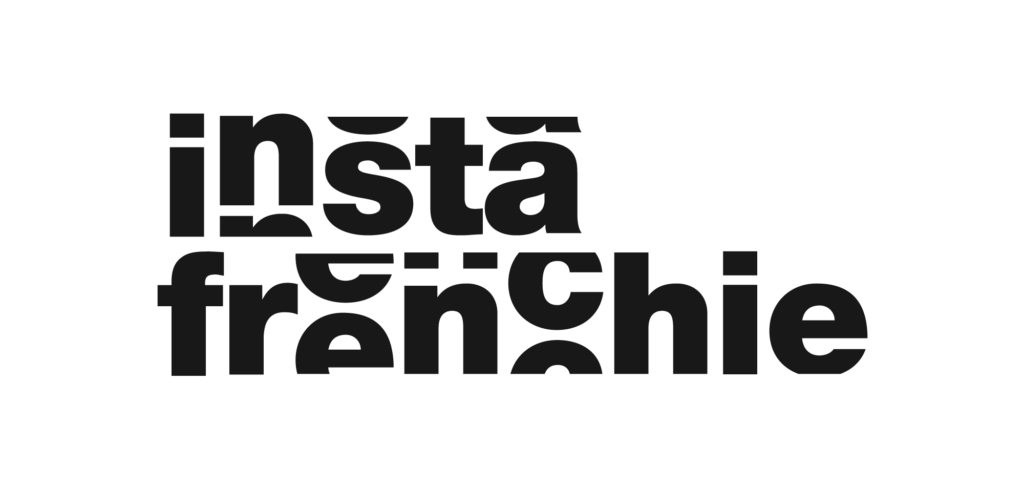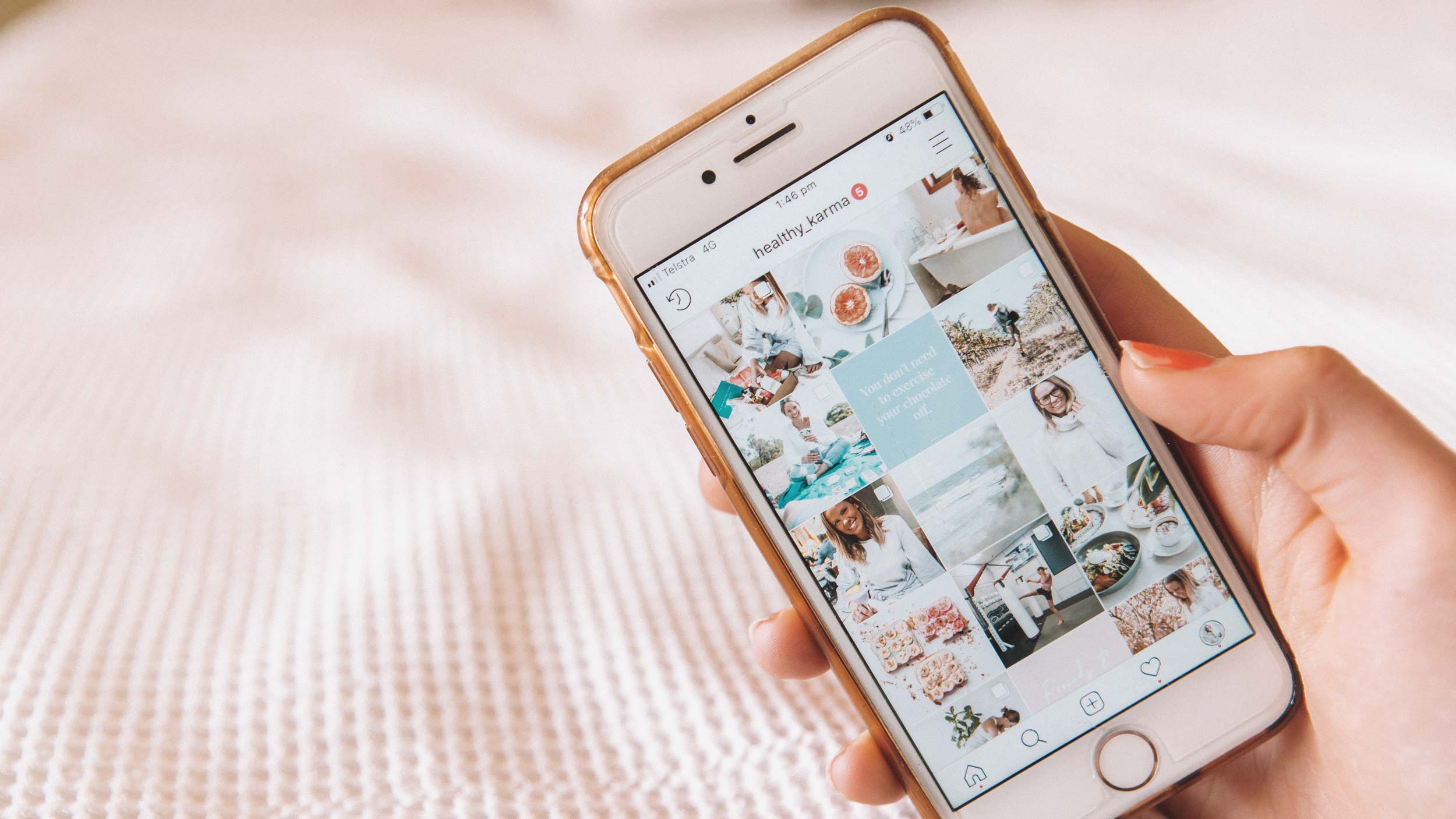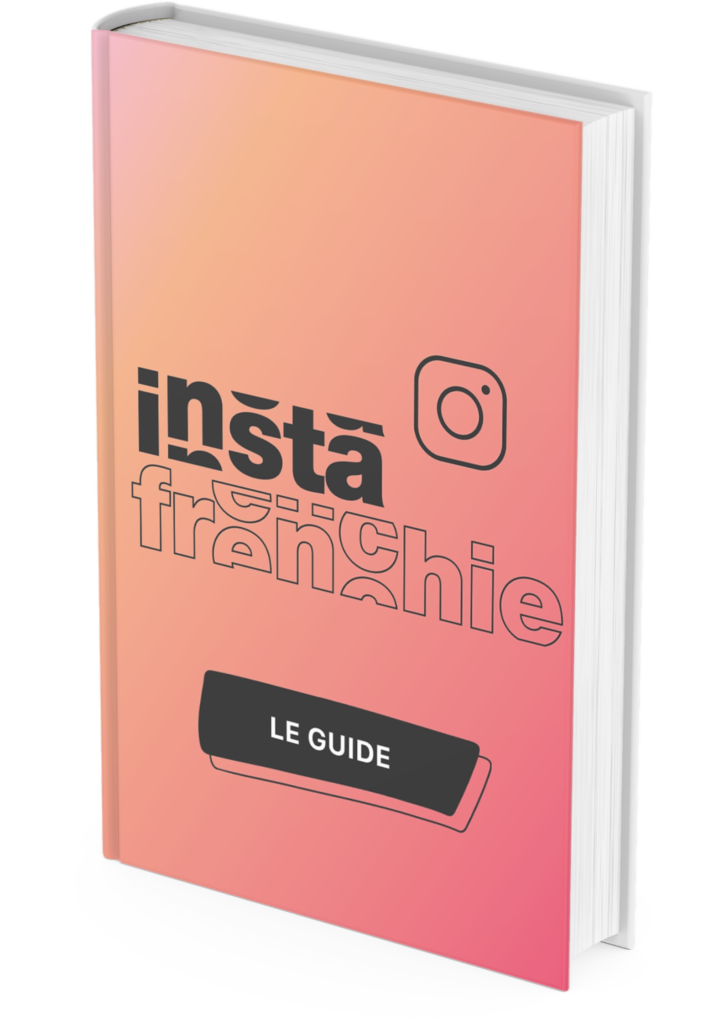How to maximize Instagram DMs to achieve your marketing goals
Do you use Instagram DMs as a marketing tool to interact with your followers?
It sounds like a silly question. But, with so many features added to Instagram to help brands build awareness, engage with their audience and uncover major sales opportunities … it can be easy to overlook the more basic features the platform has to offer.
But, that doesn’t mean you should overlook Instagram DMs as a marketing tool to grow your business. The truth is that this simple and often taken-for-granted tool can allow you to engage with your customers and nurture your relationships in ways that aren’t possible on other channels.
In this article, we’ll discuss how to use Instagram DMs to proactively and responsively reach your audience for a variety of purposes.
Let’s dig in.

DM Instagram for marketing purposes

If you haven’t really thought about using direct messages on Instagram for marketing purposes, you may want to think again.
375 million Instagram users actively use DMs for a variety of purposes. People in generations Y and Z are the most likely to use DMs on Instagram. It is the second most popular messaging platform for these age groups. Facebook Messenger, still occupying the top spot.
As with all marketing initiatives, however, a strategic approach to direct messaging on Instagram is critical to your overall success.
Let’s discuss what it all entails.
Before you start creeping into your subscribers' DMs...
At first glance, using Instagram DMs to interact with your audience may seem simple enough. Well, using direct messages is certainly not complicated.
But taking a strategic approach requires some planning. So before you start messaging your followers and target audience members, you’ll want to take a step back and make a game plan.

Define your internal logistics
First, you need to make sure your team has the ability to engage with your audience on an ongoing basis.
(Looking at this from the other side, you don’t want to start using DMs only to find that you can’t keep up over time.) Some key points to consider here:
- Who will be responsible for managing your Instagram posts?
- When and how often will they perform DM-related tasks?
- Who else on your team might they need to work with to reinforce their efforts?
Again, since you’ll be adding tasks to your team’s already full workload, you may need to shift things around a bit to make sure your DM-related initiatives get the appropriate attention. You also need to define clear goals for your initiatives. These goals will touch on a variety of areas, from marketing and sales to customer service and support.
Basically, you want to give your team something to do as they use Dm for business purposes. You’ll probably want to start with a broader perspective, then get more specific once you understand what you really want to accomplish. Do you want to increase brand awareness and engagement? Focus on improving metrics such as:
- Follower growth
- Engagements per follower
- Reach
Customer service
If improving customer service and support is your goal, you will focus on key performance indicators such as
- Response time
- Resolution time
- First contact resolutions
If increasing sales is your goal, you’ll of course look at the number of sales from engagements via Instagram DMs. Be sure to include UTM metrics in any product links you send to your followers so you can attribute sales directly to those posts.
It may take some time to get a clear picture of how your direct messaging efforts will impact your overall business performance. But, over time, you should be able to identify realistic milestones to reach, allowing you to become even more strategic in your approach.
Solidify your brand's voice and tone

Chances are, your brand already has a style in terms of voice and tone. And hopefully, you’ve allowed your brand’s voice to shine through in the content you post on Instagram.

When it comes to Instagram DMs, you definitely want to keep your brand’s voice and tone in mind. But, you’ll want to take a more balanced approach here. On the one hand, it’s important to be consistent. If, for example, the MeUndies team were to respond to DMs requesting special promotions in a more serious tone, it would probably be a bit off-putting to the customer.
On the other hand, however, you want to consider the specific circumstances. If a customer sends you a complaint, you’ll definitely want to adopt a more serious and empathetic tone (needless to say, using your brand’s “regular” voice would probably be pretty insensitive at such times).
On that note, it’s worth mentioning that your DMs will, of course, be created by a real person within your organization. So while you want to stay aligned with your overall brand voice, it’s also important that the individual be more personal and personable when interacting with customers via DMs.

Plan your email workflow
With the above in mind, you’ll want to have a plan in place for how to communicate with your audience via DM. As mentioned above, you’ll want to define:
- Who will be responsible for responding
- How much time (at most) to respond
- How your team will mark conversations in terms of reading, responding, and closing.
(Remember how we said there was more to emailing your subscribers than sending them messages?) You’ll also want to create quick response templates for common scenarios.
This allows you to create multiple message templates based on the general needs, questions and/or concerns of your audience. From there, you can customize these templates on an individual basis, ensuring that you give each customer the attention they deserve.
(This goes along with what we said earlier about finding a balance between brand voice and personal communications).
It’s worth noting that while chatbot technology is hot, by today’s standards, Instagram doesn’t yet offer this option for businesses. For our purposes, this is actually a good thing: by setting up quick responses, you can automate some of the process and then step in to add a more human touch to your direct message conversations.
Define your audience's expectations

Once you have defined and planned the backend processes, you need to inform your audience that your DMs are open for engagement.
The easiest way to do this is to make sure your profile displays the Message button in your bio.


You can also mention that your DMs are « open» directly in your bio.
You can also use other platforms (e.g., your website, other social media channels, etc.) to direct your customers to Instagram for direct messaging. This will give them another option to communicate with your team, which may become the go-to option for some.
Finally, if you don’t plan to use Instagram for certain purposes (for example, if there is a better way for your customers to, say, receive customer service), make that clear in your bio. This is where adding additional “Contact” buttons to your bio will help.

Once you’ve set your audience’s expectations for interaction via Instagram DMs, you’ll be ready to take the next step and start interacting with them.
Before you start creeping into your subscribers' DMs...
Okay, you’ve created a game plan. You’ve made it known that your brand is open to communicating with your subscribers via DMs. The fact is, however, that your audience may or may not accept your offer. Unfortunately, this means that all of your planning and preparation can easily go to waste…that is, if you allow it.
Instead of sitting back and waiting for your subscribers to come to you, why not be proactive and contact them? Again, you need to have a strategic approach to do this.
Let’s take a look at what that means.

Reach out based on customer engagement
Reach out based on customer engagementOverall, there are a multitude of possible ways for your audience to interact with your brand, both on and off Instagram. Many, if not all, of these instances offer you the ability to contact them via direct message.
On Instagram, you can choose to contact those who:
- Like or share any of your posts
- Tag your brand in user-generated content
- Comment on your Live or IGTV videos
- Vote on polls in your Instagram stories
Of course, your follow-up posts should clearly connect to the content your audience is responding to.
In fact, you should always have a clear idea of how you plan to follow up with engaged audience members before you even publish your content. Otherwise, you run the risk of missing out on major opportunities for your business and disappointing your customers with poor responses.
Take this Story survey from Fanclubclothing, for example:
Based on an individual follower’s response, the team could then send a direct link to products that match the chosen style.
You can also consider how your audience interacts with your brand outside of Instagram. For example, you can use a customer’s purchase and browsing history to develop highly personalized offers and deliver them via DM.

Now, in following this path, you need to tread carefully.
If a customer isn’t connected with you on Instagram, you certainly don’t want to stalk them to offer an upsell or cross-sell (or anything else, for that matter). But if they have :
- Followed your brand on their own accord, or
- Made it clear that you can contact them on Instagram.
Then you should definitely see this permission as an opportunity to engage with them more.
Engage with audience interests and behaviors

Engage based on audience interests and behaviorsFor target audience members who haven’t directly engaged with your brand on Instagram, you’ll want to use DMs to get the ball rolling.
Basically, you’ll be looking to identify those who are similar in some way to your current followers on Instagram. These would be:
- Users who follow many of the same brands as your current audience.
- Users who post similar content and use similar hashtags as your current followers
- Users who follow and interact with influencers you’ve been thinking about working with

For example, if the user above doesn’t have a Fabletics tag in their post, they had them use the hashtag « #fabletics». Obviously, this would be a good time for the apparel company to contact this person.
Now, remember: we’re talking specifically about using Instagram DMs to interact with these people. That said, it makes sense to target those who are clearly interested in brands like yours and are active on the platform (looking at it another way, it wouldn’t make sense to target those who might be interested in your brand, but don’t really use Instagram that often).
So you’ll want to take a closer look at the profiles of those who use certain hashtags or post certain content. Check for consistency and clear use of different Instagram features. If these are missing, you may just want to move on to a more active and qualified perspective.
Engage new followers
One thing to note though: before contacting via DM those who don’t yet follow your brand, try to engage with them on the platform in other ways. Follow them; like their (relevant) posts; comment appropriately if they use a relevant hashtag. Do something to put them on your radar and show them that you’re willing to engage more and add value to their Instagram experience and their lives in general.
On the one hand, it’s much less « in your face» to go this route. Starting with a direct message can work, but it can also feel a little advanced. Second, they might not even get your message in the first place. If the person doesn’t follow you, your message will likely end up in their « Message Requests » inbox. Unfortunately, they won’t know about your message and will only see it if they actively check that hidden folder.
So, again: while our goal is to interact with your target audience via direct messages, you may need to start planting seeds by using Instagram’s other features and functions first.

Delivering value to the best customers
So far, we’ve talked about DMing those who have taken a specific action. But you’ll also want to consider reaching out to those who, overall, have proven to be your absolute best customers (on Instagram and elsewhere).
Here, you’ll again use their engagement and purchase history as the basis for your outreach. But the messages and offers you send will be based more on your company’s activities than they will be directly associated with your followers’ actions.
Some examples of when this applies:
- You are about to launch a new product or service that some subscribers are interested in
- You have a new segment or audience-wide promotion that applies to specific data
- Your company has reached a certain milestone (e.g., an anniversary, subscriber count, etc.)
You can also take a similar approach when a customer reaches a certain milestone, whether they recognize it or not. Brand anniversaries, birthdays, major purchases… all of these instances are perfect times to hit Instagram with a highly targeted reward for your loyal, high-value customers.
Reply to direct messages from your subscribers
Respond to direct messages from your subscribersIf you’ve opened the door for your audience to interact with your brand via DMs, they will take advantage of the offer.
As we said earlier, you’ll want to be prepared for your subscribers to contact you for a number of reasons. This means not only having templates ready for each of these occasions, but also being able to fully provide to your individual customers whenever they come to you in need. This can mean:
- Providing the right content to subscribers who request more information about your products, services or overall brand
- Directing customers to the appropriate product pages to help streamline their buyer’s journey
- Resolving service-related issues directly in direct message chat or, if that’s not possible, connecting them to your customer support team
Added value
Of course, these are just examples of a brand delivering to the customer as expected by the customer. That’s all well and good, but it’s also the bare minimum when it comes to adding value to the customer. In reality, your goal should be to go above and beyond every time a customer contacts you via direct message.
Using the examples above, you could…
- Present product or service customization options for those looking for specific features and overall value
- Present higher value products (upsells) or complementary products (cross-sells) to those interested in specific products
- Provide more in-depth help content around best practices when using your products or services
This is the difference between your subscribers saying, “Gee, you really helped me out there!” and “Gee, you really helped me out there … and you gave me a lot more than I expected!” Needless to say, the latter outcome is certainly what you should be aiming for at all times.
Strategic use of direct messages

It sounds awfully redundant, but direct messaging on Instagram offers the most direct way to connect with your followers and overall target audience on the popular platform. By removing your individual conversations from the public portion of Instagram, you’ll almost certainly be able to interact with your followers in a way that can’t happen when you respond to their comments and such.
Are these other aspects of the platform crucial to your overall presence on Instagram? Absolutely.
But adding a strategic DM initiative into the mix can complement the rest of your efforts and allow you to boost the value your followers get from engaging with your brand.
